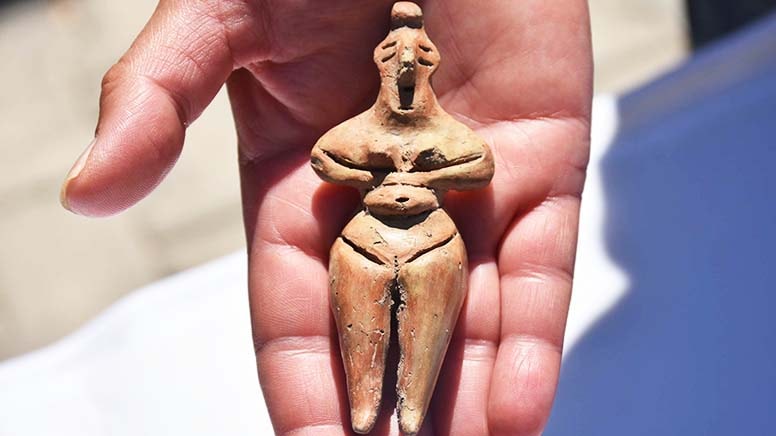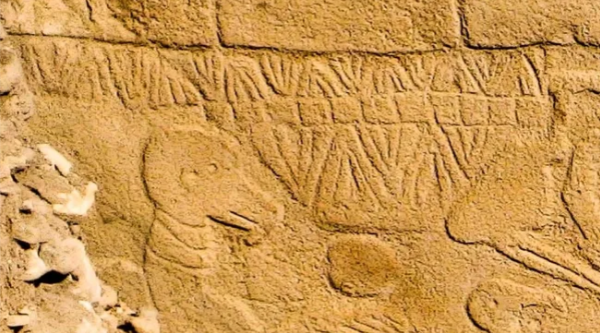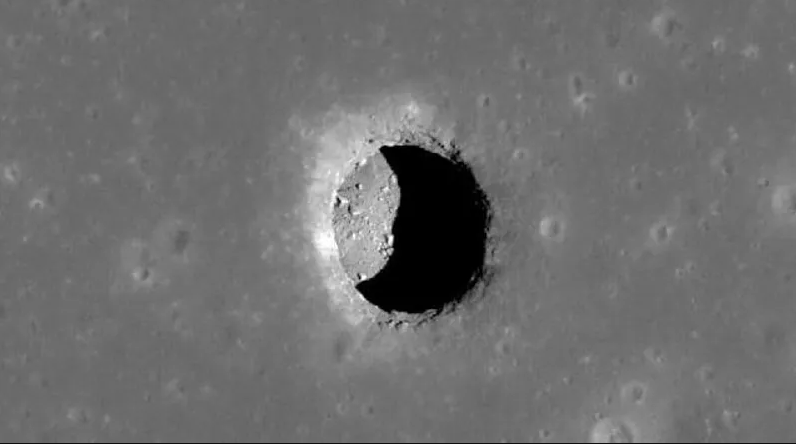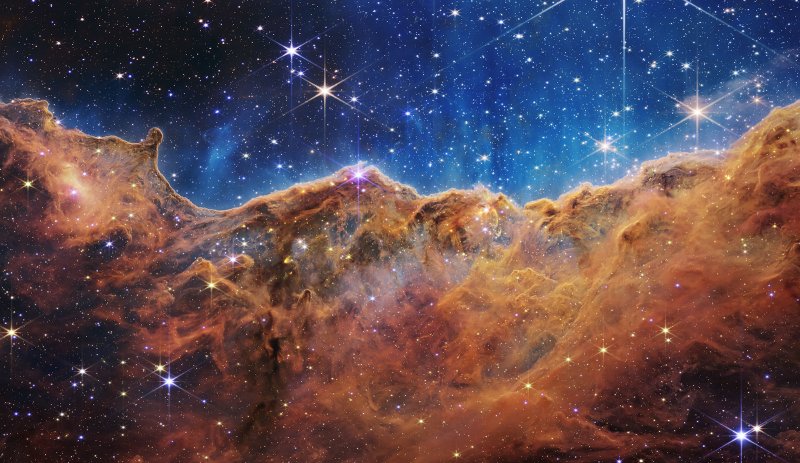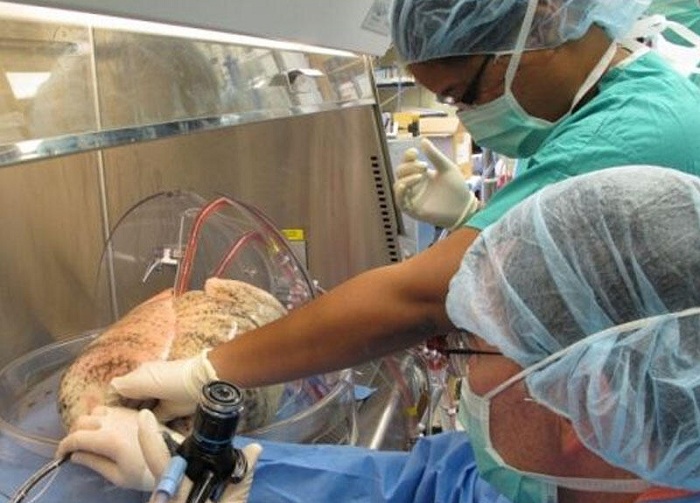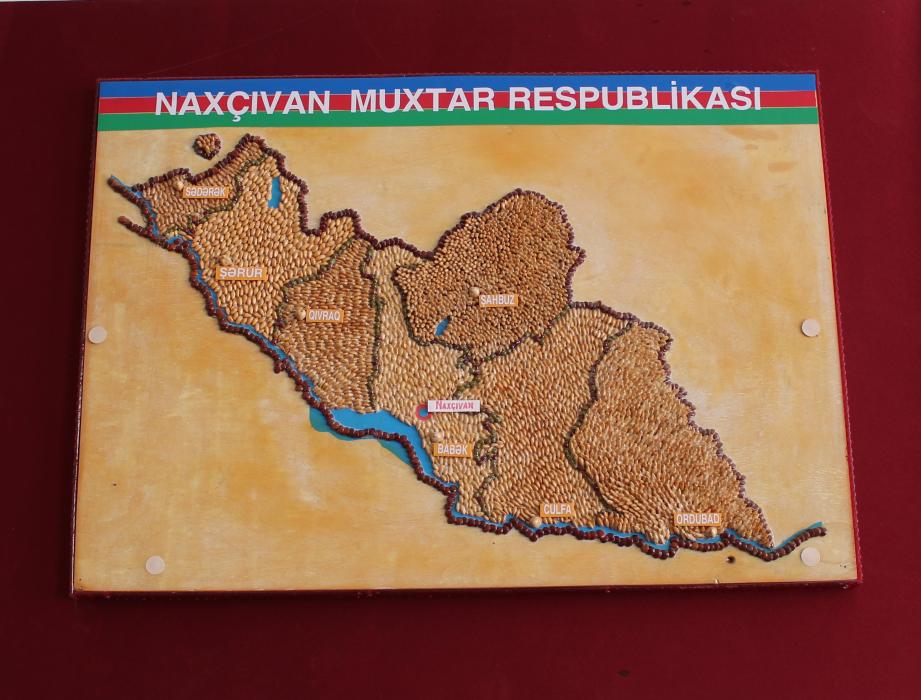
- A-
- A
- A+
The Museum of Nature broadly elucidates fauna and flora of Azerbaijan
Important work is being done to promote the ancient and rich history, culture and nature of the Nakhchivan Autonomous Republic, where revival has been observed in all areas over the past 25 years. One of these events is the establishment of museums rich with exhibits that will widely illuminate the fauna and flora along with the national-cultural values of our people and preserve them for future generations.
The Museum of Nature, established under the Institute of Bioresources of the Nakhchivan Division of ANAS, is one of the cultural centers that visually represent the richness of the area. The museum, which has been in existence since 2003, aims to promote the diversity of our flora and fauna, including the conservation of rare and endangered species, the sense of native culture and the natural culture of the younger generation.
In the entrance to the museum, rich in stone remains, skeletons, tools of ancient people, nests of bird species and other exhibits, there is a nook allocated for over 50 wheat hybrids and breeding varieties of the autonomous republic, specializing by its soil and climatic conditions.
Another section that is noteworthy is the medicinal plants, which are distinguished by the high medicinal properties of our flora. In this section, 60 flora plants with rich biodiversity in our flora are exhibited in combination with appropriate combinations.
The exhibits of fauna samples cover a wide area in the museum. The expositions made of various parts of skeletons beleonging to double-hoofed animals - wild goat rock, mountain sheep and the feline kind – lynx, arises interest.
Exhibits of 38 species of snakes and lizards in the Nakhchivan Autonomous Republic attract the attention of specialists as well.
Here are also examples of fish species widely distributed in our wetlands and newly introduced to the fauna by researchers, especially the Kura longbird, redfish, Gambia and other species.
The museum presents the largest individuals in the Caucasus, the longest-lived tea cane and shrimp found in the Araz reservoir.
A large number of exhibits on invertebrate animals represent the next section of the museum. Here is an exhibition of species of mollusks, high-risk cancers, including insects, butterflies, wild bees, various spiders and aquatic organisms.
In addition to exhibiting some exhibits in the museum, they were also involved in research. Thus, experts in the study of different animal groups use the exhibits here as initial material, perform imaging and measurements.
©All rights are reserved. Citing to www.science.gov.az is necessary upon using news.
Similar News
Links
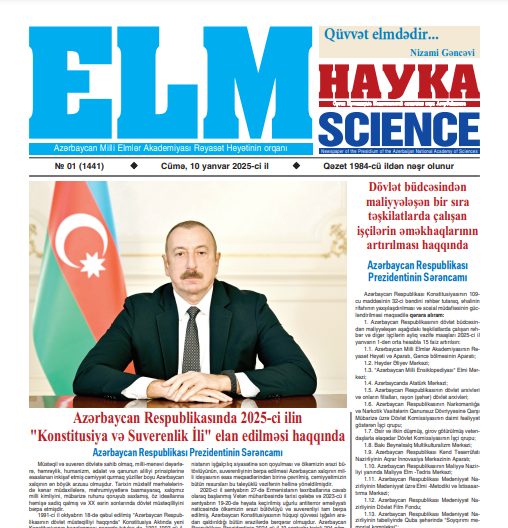

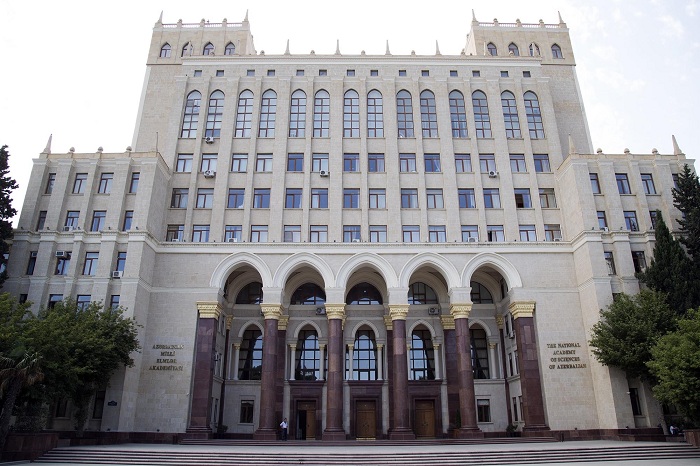

 Elm TV
Elm TV
 Photo
Photo
 Video
Video
